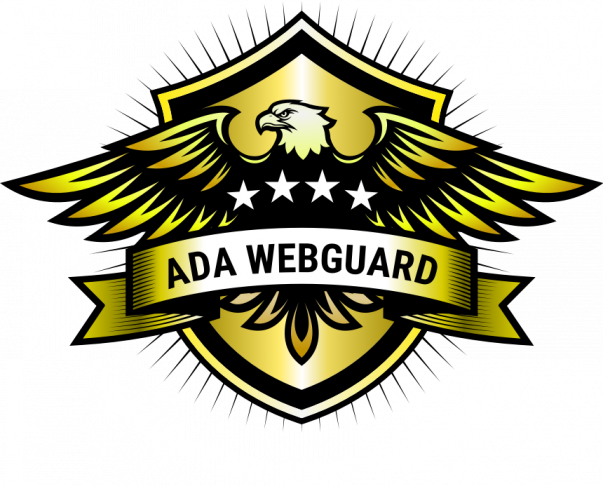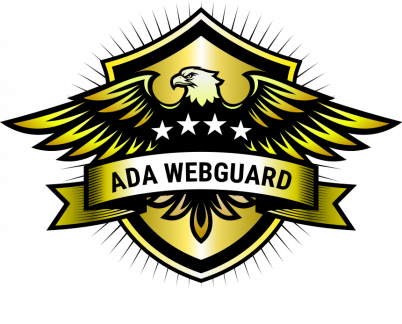The U.S. Department of Education’s Q & A on Providing Services to Children with Disabilities During the COVID-19 Outbreak.
Web Accessibility is more important than ever as it provides equal opportunity and access to everyone, especially to people with some form of disability. In an effort to limit the spread of COVID-19, online learning activities are becoming the norm as schools move all of their educational operations online. The U.S. Department of Education released on March 12, 2020, a QUESTIONS AND ANSWERS ON PROVIDING SERVICES TO CHILDREN WITH DISABILITIES DURING THE CORONAVIRUS DISEASE 2019 OUTBREAK. This document told K-12 districts that if they close due to COVID-19 and continue to offer instruction remotely they must make that accessible to students with disabilities.
All levels of education should allow individuals with disabilities the ability to access the resources, including while using assistive devices. If that is not possible, alternative means of access should be provided.
Web Accessibility Checklist:
Accessible websites assist in ensuring that people with disabilities can access and view your online information. The best practice guidelines used internationally on making websites accessible to people with disabilities are the Web Content Accessibility Guidelines (WCAG) released by the World Wide Web Consortium (W3C).
Below is a basic checklist of some of the most common things to look for in order to conform to WCAG 2.0 and WCAG 2.1:
Text and Contrast
Check that text has a strong contrast against the page background. Providing enough contrast between text and the background enables content to be read by those with moderate visual impairments and in low light conditions.
Heading Styles
Use descriptive heading styles to designate content organization. Using headings (e.g., Heading 1, Heading 2) indicates the hierarchy of content. Predefined style headings in text editors allow readers to more clearly understand the structure of your document or web page.
Alternative Text
Provide alternative text for images, graphs, and charts. Descriptive alt text explains what is being illustrated and is read when using non-visual browsers. If images are decorative and don’t directly relate to the content, add that information to the alt text.
External Links
Any text, media, or activities that you provide from an external website or resource should be accessible.
Keyboard Navigation
Keyboard navigation is the primary means used for navigating content on a web page by users who have visual or mobility impairments.
Utilize a 3:1 color contrast ratio for text
For more information on Web Accessibility, you can contact ADA WebGuard at 833-232-9321 or visit our Website at www.ADAWebGuard.com


